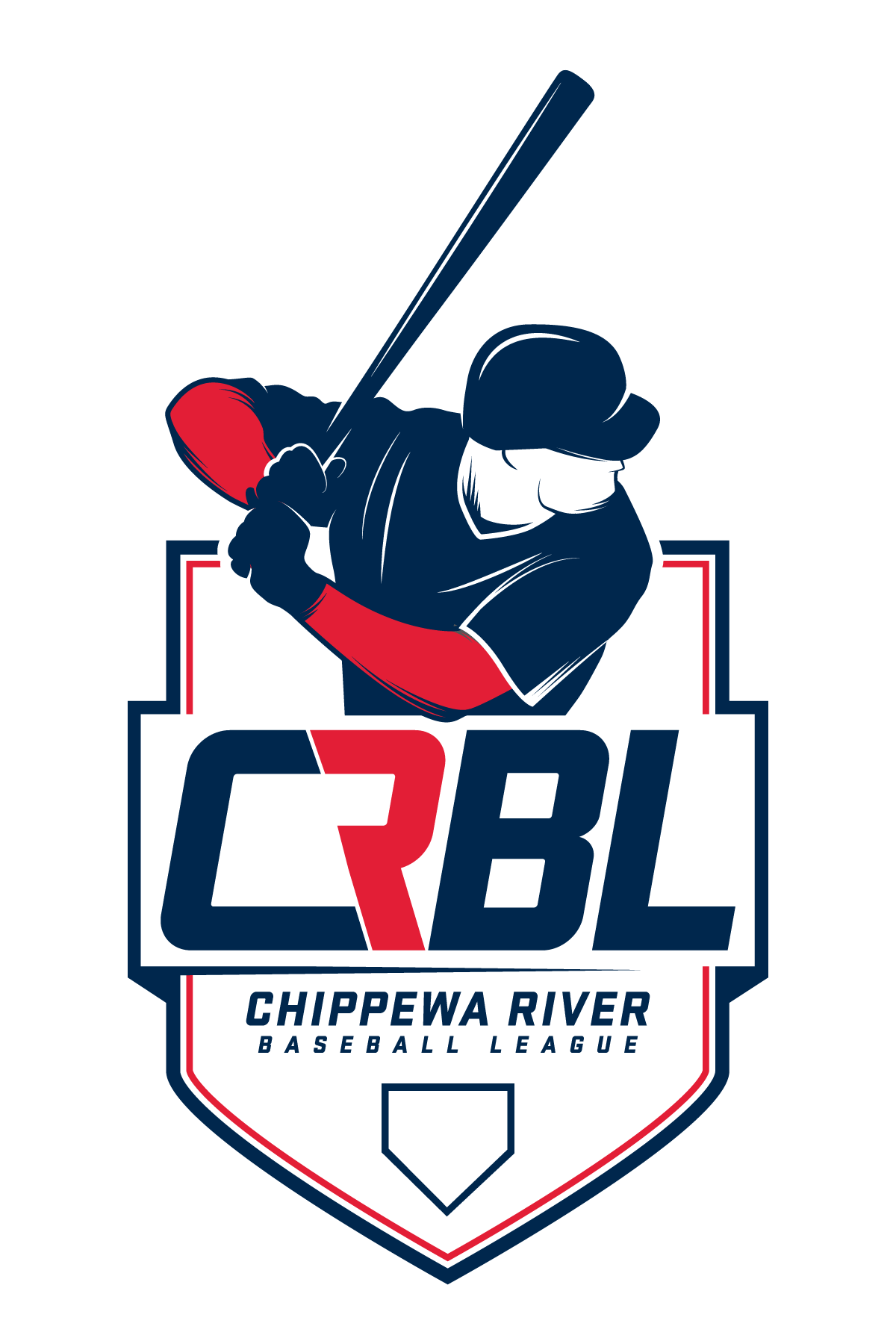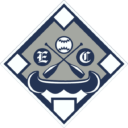League: Chippewa River Baseball League
Primary League
Bloomer Woodticks  0 vs 10
0 vs 10  Osseo Merchants
Osseo Merchants
 0 vs 10
0 vs 10  Osseo Merchants
Osseo MerchantsAugusta Athletics  4 vs 11
4 vs 11 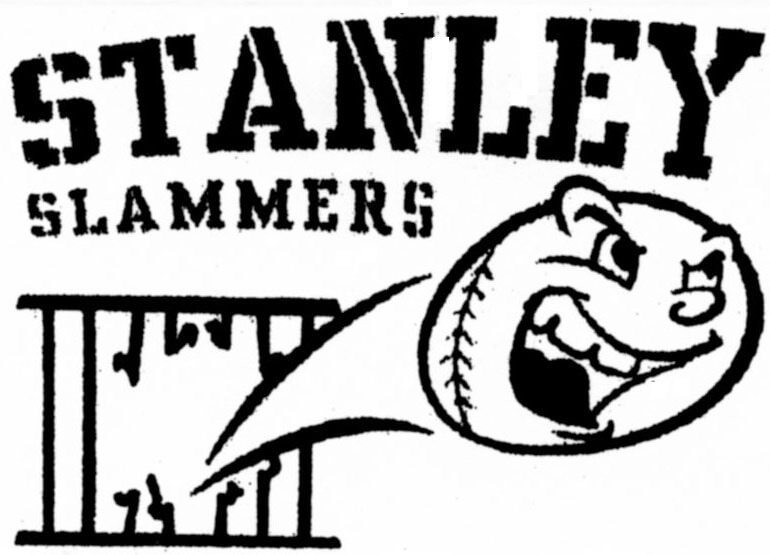 Stanley Slammers
Stanley Slammers
 4 vs 11
4 vs 11  Stanley Slammers
Stanley SlammersCadott Red Sox 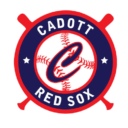 1 vs 12
1 vs 12  Beef River Bullfrogs
Beef River Bullfrogs
 1 vs 12
1 vs 12  Beef River Bullfrogs
Beef River BullfrogsTilden Tigers  3 vs 8
3 vs 8 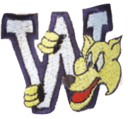 Whitehall Wolves
Whitehall Wolves
 3 vs 8
3 vs 8  Whitehall Wolves
Whitehall WolvesBloomer Woodticks  0 vs 13
0 vs 13  Osseo Merchants
Osseo Merchants
 0 vs 13
0 vs 13  Osseo Merchants
Osseo MerchantsCadott Red Sox  1 vs 6
1 vs 6  Bloomer Woodticks
Bloomer Woodticks
 1 vs 6
1 vs 6  Bloomer Woodticks
Bloomer WoodticksEau Claire Bears  12 vs 4
12 vs 4  Jim Falls Sturgeons
Jim Falls Sturgeons
 12 vs 4
12 vs 4  Jim Falls Sturgeons
Jim Falls Sturgeons


